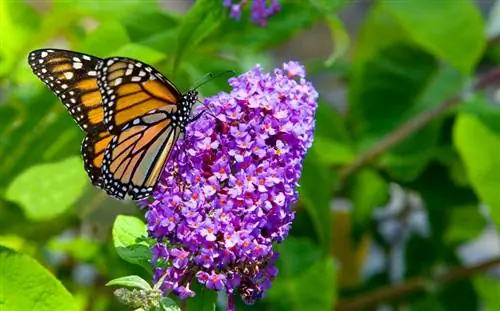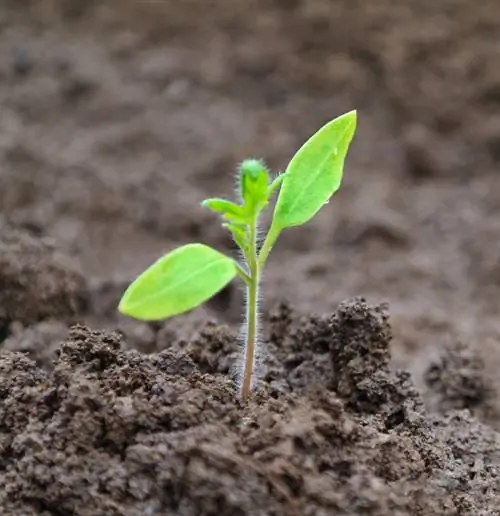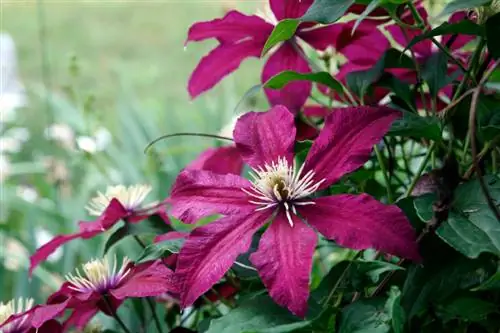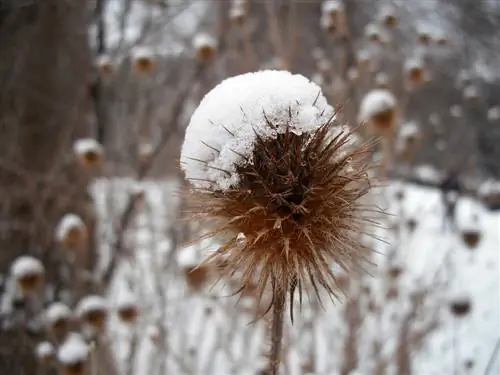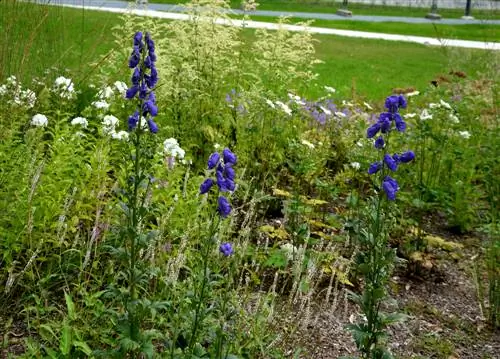- Author admin [email protected].
- Public 2023-12-16 16:46.
- Last modified 2025-01-23 11:20.
Due to its special properties, the Phacelia (colloquially known as bee friend) is increasingly being sown as bee pasture or as green manure. When buying seeds, you should pay attention to certain differences between the varieties sold in specialist shops.

How long does Phacelia germinate?
The germination time of Phacelia varies depending on the variety: Phacelia tanacetifolia has a germination time of 10 to 15 days at a soil temperature of 15 degrees Celsius, while Phacelia purshii needs around 10 to 16 days. Both varieties should be kept evenly moist during the germination period.
The germination time of Phacelia tanacetifolia
One of the best-known varieties of Phacelia, which actually comes from North America, is the “tansy” variety with the botanical name Phacelia tanacetifolia, which can grow up to 100 centimeters high. It has a germination period of around 10 to 15 days at soil temperatures of an average of 15 degrees Celsius. When growing, the following things should be considered:
- the Phacelia is not hardy
- the annual plant easily establishes itself permanently in the garden through self-sowing
- During the germination period, the seeds should be kept evenly moist
- As a green fertilizer and to prevent self-sowing, “mowing” should be done before flowering
The germination time of the low-growing Phacelia
Another popular variety of Phacelia, also known as “Büschelschön” in German, is Phacelia purshii. With a germination time of around 10 to 16 days, this has a similar germination time to Phacelia tanacetifolia. However, the plant grows significantly lower at around 30 centimeters tall, making it a pretty annual ground cover.
Tip
Since the Phacelia generally flowers about 7 weeks after sowing, it is suitable as a visually attractive intermediate seed to improve the soil in an already harvested raised bed in the vegetable garden.


